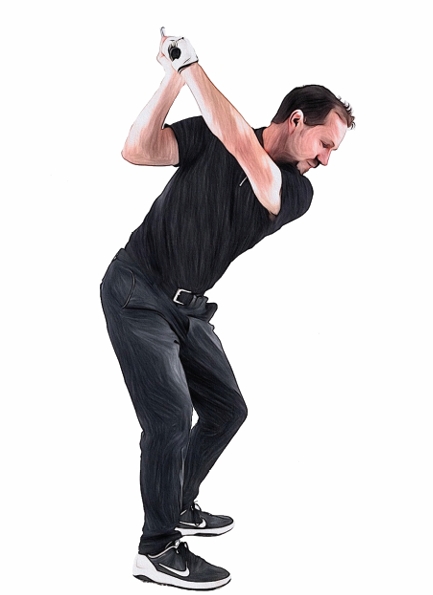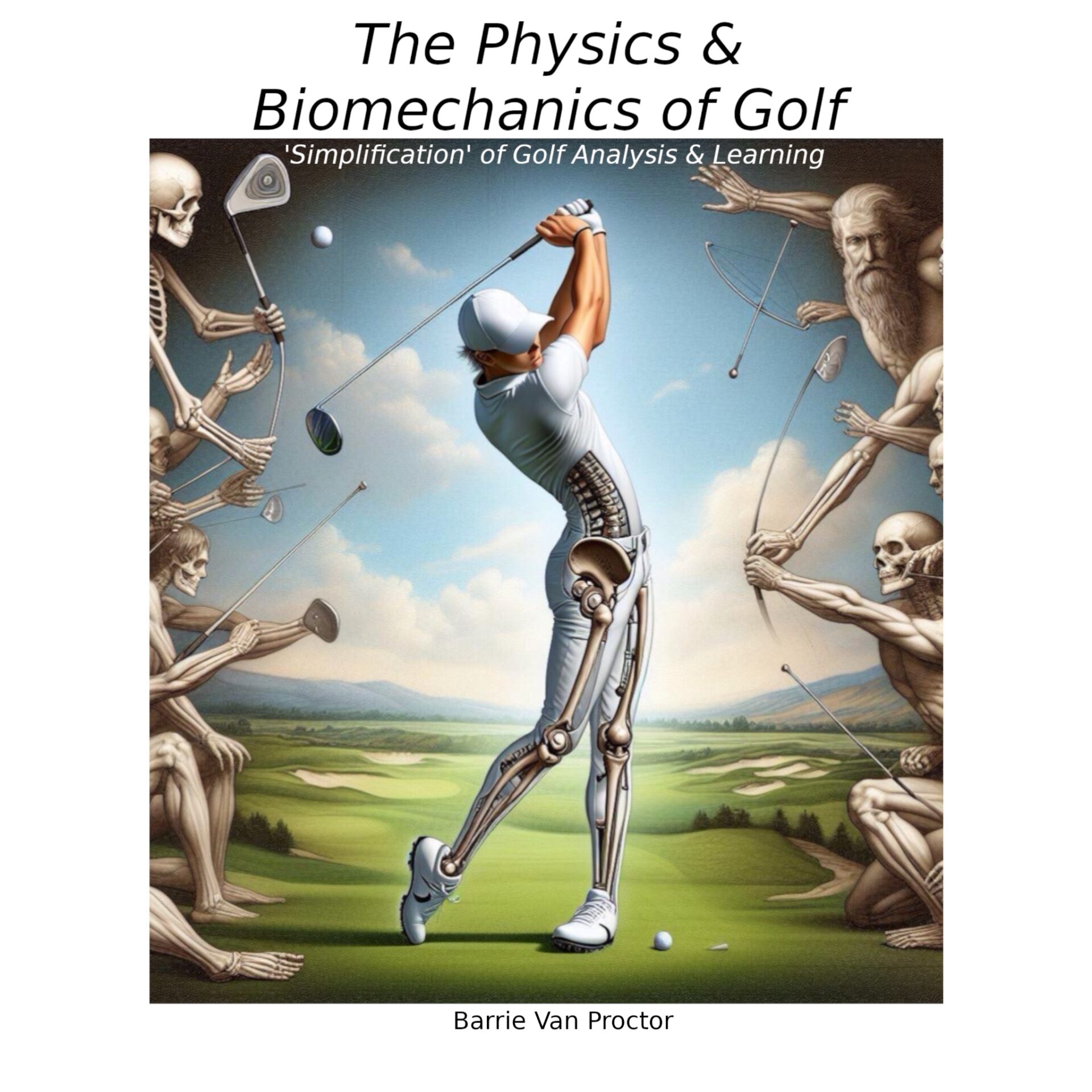Your basket is currently empty!

The Path to Elite Golf Performance: Beyond Early Start Myths
“You are too old to become an elite golfer, you would need to have been practicing since you were 5 or 6 years old…”
Elite golf performance in a moderately athletic sport and the ‘early start myth’ is just a correlation born of a social norm. The above was said to me by a close acquaintance when I dabbled with the idea of ‘golf professional’ as a vocation, at the age of 16. Not said with malice, but rather I think as an ‘elbow to the ribs’ with a slightly mischievous undertone of ‘Devil’s advocacy’. I cannot say, as an insecure kid plagued by self doubt that it did not stick in my craw, well into adulthood actually, thanks to its’ apparent prophetic quality.
Retrospectively, there are two observations from which my younger self would have benefited. Firstly, is the following retort. What do you think constitutes ‘elite’ level performance then? There exists a vast chasm (no disrespect to club professionals) between county level professional golf and PGA Tour competition. This may seem obvious to you, or not. The mathematical nuance of the golf handicap, being as it is non-linear (or non ‘interval’ in a statistical sense), makes this less obvious than perhaps it ought.
Recent changes to the handicap system notwithstanding, the difference in an average playing round between a 4 handicap golfer (the PGA requirement for professional accreditation in my time) and a +4 handicapper on a generic ‘club course’, significantly exceeds the 8 shots deduced via subtraction. Ascend another level to top tier tournament golf and the same is true again, if not more so, given the difficulty and length of the courses testing these players. What we’re probably interested in then, elite or otherwise, is shooting around level par at whatever competitive tier we strive and course we play.
The second offering for my younger self to ponder would be: consider how true the perceived difficulty contained with the sentiment is and formulate a plan accordingly, starting with acquisition of the required knowledge. As one tends to ponder over more and more with age – if only I knew then what I know now.
‘The apparent or perceived difficulty of our sport does not necessarily need to be your reality.’
Science has provided the answers that once required ‘digging from the dirt’. What follows is an abridged extract from ‘The Physics & Biomechanics of Golf’ explaining why our learning of this sport needs a significant shift toward understanding and ‘added simplicity’…
Why an aggregated approach is necessary?…
‘Put simply, available time. The general consensus in skill acquisition and its’ development to an elite level, is that between 5,000 and 10,000 hours of constructive practice is the minimum requirement (e.g Krampe & Ericsson, 1996)… Let us think about that for a moment. If one were to practice for an hour a day, then just over 19 years would be required, assuming we use the lower-end figure of 5,000 hours…
Practice for most golfers, up to and including at an elite level, involves hitting practice shots… If one was moderately diligent in their range session… approximately 100 balls would be struck in the first hour, so 499,900 more range balls to go then… Say 100 range balls costs £7.50 (a conservative estimate in the UK right now), well the cost of paid range balls over those 19 or so years would be, to the penny, £37,850 – what a bargain…
Hitting range balls obviously has the participant almost exclusively focusing on shot outcome. Even more, the participants conscious, subconscious, and in accord with that central nervous system (CNS), will make adaptations to movement to produce the desired shot outcome, or at least attempt to do so. Essentially, the participant is dooming themselves to the eternal circularity of ‘faults and fixes’ type deconstructive coaching…
What should be the absolute epicentre of attention is learning the correct motion, and moreover in the correct way. In addition, this should be backed-up with at least a minimum level of understanding with respect to the forces and physiology involved, otherwise how can one possibly monitor subsequent practice and performance.‘

More to follow on learning methodology, biomechanics of the correct motion and the science leveraged to fast-track this process. Please subscribe if you found any value here and best of luck in the meantime.
All the best.
The Physics & Biomechanics of Golf

golfbiomechanics.net
We author, publish and sell our books here in the UK, along with our distributors including Amazon. As an Amazon Associate, ‘golfbiomechanics.net’ earns from qualifying purchases on affiliated products. This means that if you click on an affiliate link and make a purchase, ‘golfbiomechanics.net’ may receive a small commission at no additional cost to you. Thank you for supporting this website and helping us continue to provide the best and valuable content!
Discover more from golfbiomechanics.net
Subscribe to get the latest posts sent to your email.

Leave a Reply